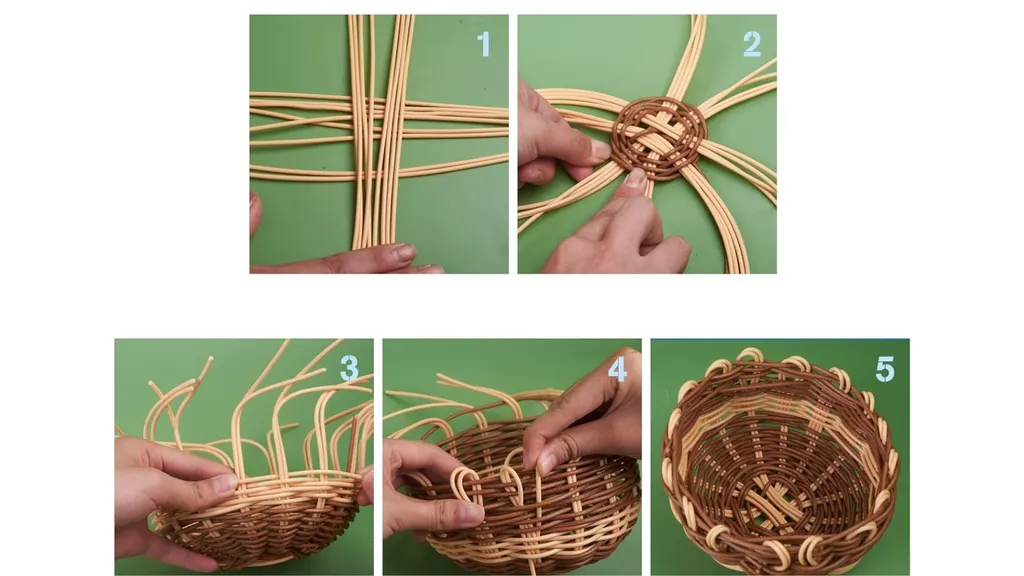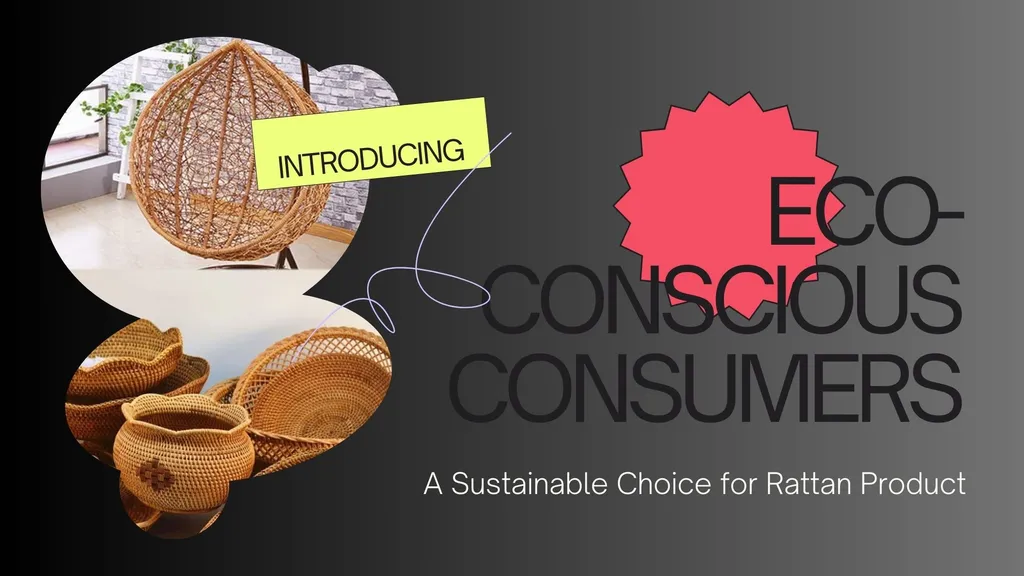Contents

Rattan basket weaving is not just a craft it’s a tradition that has spanned generations and continents, providing both artistic and practical value. As you delve into the world of rattan basketry, you’ll discover that it is an intricate art form requiring patience, skill, and precision. These skillfully woven baskets are not only versatile and functional but also serve as beautiful additions to any home decor. The process of crafting a rattan basket from start to finish involves a series of well-coordinated steps that begin with selecting the right materials and end with the delicate finishing touches. This article will guide you through each stage of this fascinating journey, from harvesting the raw materials to the final stages of weaving and securing, providing you with a comprehensive understanding and appreciation of this artisanal craft. Whether you’re a beginner eager to learn the basics or a seasoned weaver looking to refine your expertise, there’s something here for everyone.
Selecting and Preparing Rattan
The foundation of a quality rattan basket lies in choosing the right materials. Rattan, a flexible yet sturdy cane, comes in forms like flat reed, round reed, and flat-oval reed, each suited for specific designs. Flat reed offers a smooth, even surface, round reed provides strength for handles and rims, and flat-oval reed balances both for versatile weaving.
Harvesting rattan involves selecting mature canes, cut close to the ground to promote regrowth and sustainability. After harvesting, the canes are dried in shaded, well-ventilated areas to preserve flexibility and prevent mold. Before weaving, rattan is soaked in warm water for 30 minutes to 48 hours, depending on thickness, ensuring pliability without compromising strength. A spray bottle keeps the material moist during weaving, preventing brittleness.
Weaving the Base
The basket’s base sets the stage for its structure and stability. Start by selecting a frame (round, oval, or square) to define the shape. Soaked rattan strands are woven in a twill pattern, alternating over and under spokes to create a firm, even grid. Maintaining consistent tension is crucial to avoid warping, while securing ends with knots or tucking ensures durability. Check the base for flatness and adjust any uneven sections before proceeding.
Weaving the Sides
With a solid base in place, bend the spokes upward to form the basket’s sides. Weave strands using patterns like twining or pairing, maintaining even tension for a uniform look. This stage allows for creativity—incorporate colored rattan or vary patterns for unique designs. Regularly check tension and use a spray bottle to keep rattan pliable. Once the desired height is reached, secure the top edge by tucking strands into the weave.
Adding Finishing Touches
Finishing touches elevate a rattan basket from functional to exquisite. Handles, woven from the rim or added separately, provide both utility and elegance. Secure them tightly with braided rattan or knots, then apply varnish for protection. Edges are finished by tucking or lashing strands, ensuring a smooth, cohesive look. A final coat of sealant enhances durability and highlights rattan’s natural beauty, protecting it from moisture and UV exposure.
Why Choose Rattan?
Rattan’s durability, sustainability, and aesthetic appeal make it ideal for basket weaving. Compared to willow, rattan is stronger but less pliable; compared to bamboo, it’s more flexible but heavier. Its rapid growth and eco-friendly harvesting make it a sustainable choice, though it requires maintenance to withstand weather exposure. These qualities ensure rattan baskets are both practical and visually captivating.
Crafting a rattan basket is a journey of skill and creativity, resulting in pieces that embody tradition and artistry. Whether for storage or decor, these baskets bring timeless charm to any space, reflecting the care woven into every strand.





